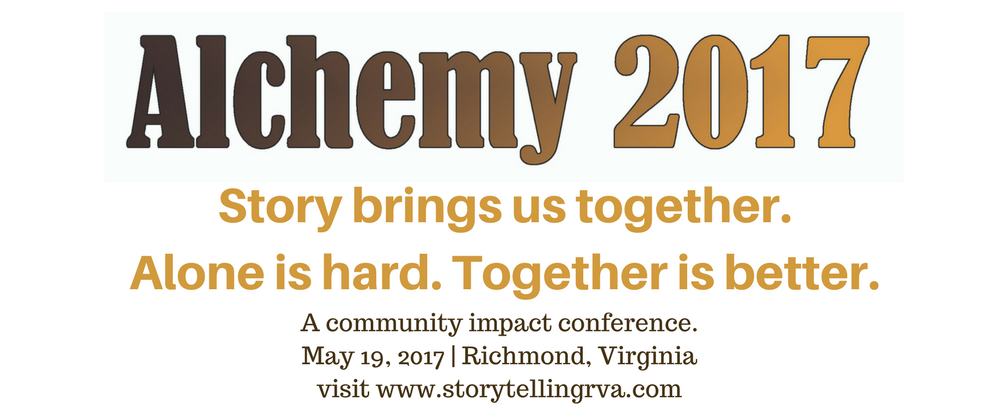When we
think of price we often think of cost.
But it can also be the value of something. And, sometimes it can be both.
A local
nonprofit recently lost a donor and a skilled volunteer. All for the want of a simple thank you. This volunteer spent her time and talent on a
specific project for a local nonprofit she supports. Her work, offered
pro-bono, would have cost thousands of dollars if this organization had paid
for it.
She waited. “Surely,” she thought, “they will tell me they appreciate my
contribution.” But sadly, they did not. In the future, this organization will
have to figure out how to pay for similar projects or find another volunteer.
A friend of
mine gives to all of the rescue shelters in her town. She doesn’t give a lot, but she gives regularly. Now in her late eighties, she may not have many
more years of giving left. But, she does have a large estate—and no heirs. She recently told me that she’s re-writing
her will – with a focus on the organizations that have shown their appreciation
for her small, but regular gifts.
As nonprofit
professionals we often hear about taking care of, or stewarding, our donors. Stories
like these demonstrate how a simple thank-you can make a profound difference in
how our donors feel about their efforts to support our mission. Saying thank you is such an easy way to
enrich those relationships. And, it ensures that your donors continue to make
YOUR organization the recipient of their time, talent or treasure.
The
Association of Fundraising Professionals just released data from 2016 showing
that again for the ninth straight year, new donor retention continues to
decline. This means that first-time
donors to your organization are less likely than ever to make a second gift which
will reduce your revenue significantly over the course of the year.
February is
the month of love. Valentine’s Day is
traditionally set aside to tell those we love how we feel about them. Wouldn’t
this be a great opportunity to let your donors know you appreciate their BIG
heart? Why not pick two, three, five, ten or more donors you haven’t talked
with in a while and pick up the phone? Or, cut out a paper heart from pink
construction paper, write “you have a big heart” or “we love you” on it and
drop it in the mail. Make it fun and joyful … and be sure to involve your Board
and your staff!
Which of
your donors deserves a heartfelt “thank you” today? All of them!








